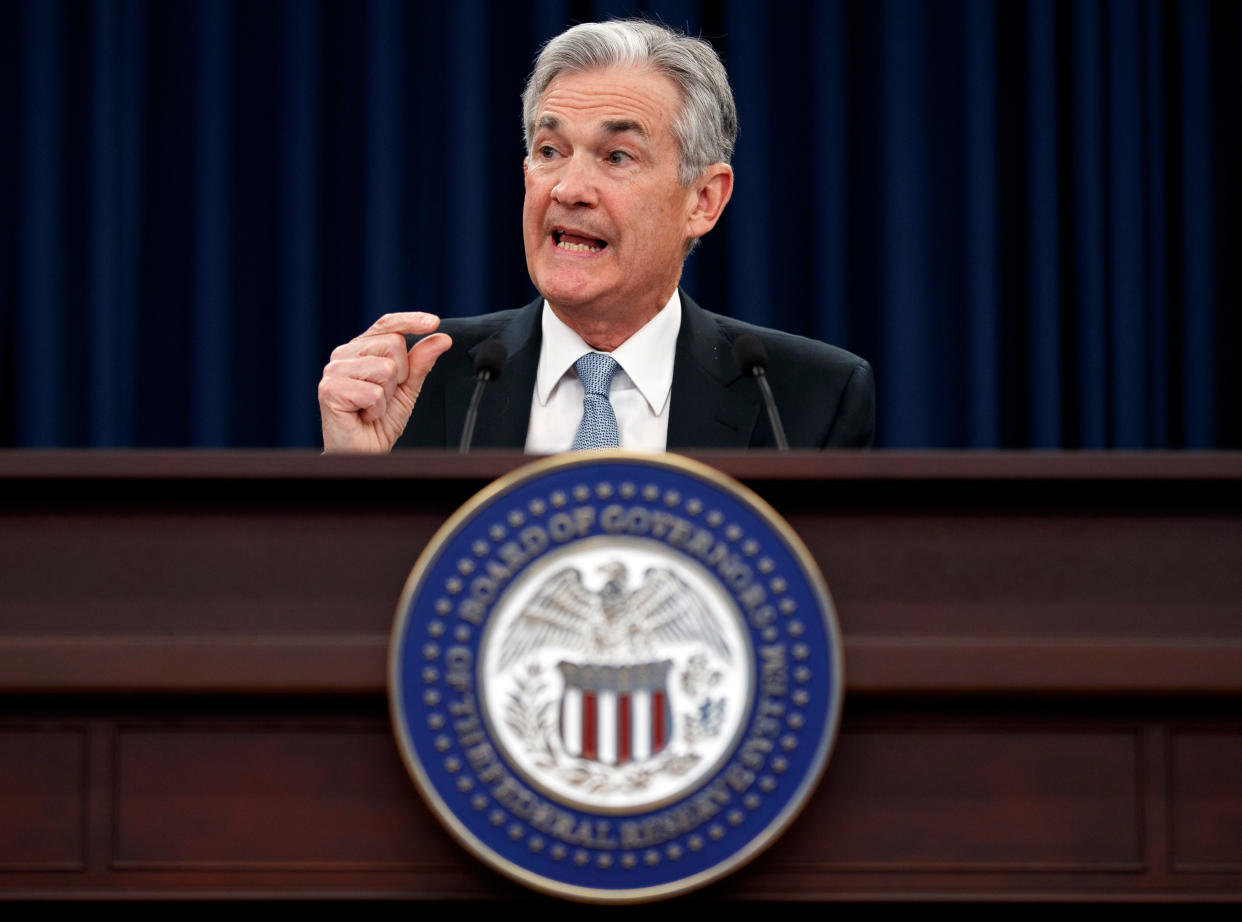The FOMC just set the stage for a market crash

Thomas H. Kee Jr. is president and CEO of Stock Traders Daily.
On Wednesday the FOMC did not raise rates, but they did set the stage for an additional drain on liquidity. The stage is now set for asset repricing, which is a gentle way of saying a market crash.
The premise of this observation is money. The more money chasing stocks, bonds, and real estate, the higher those assets will go, but the opposite is true as well. Since Central Bank Stimulus was introduced, and until September of last year, $60 billion per month has been infused into global assets.
In fact, they told us what they were going to buy, when they were going to buy, and how much they were going to buy every month, in advance, as well. That was an investors dream. It also allowed investors to piggyback stimulus, to get ahead of those defined asset purchases, and together stimulus and piggybacking pushed the S&P 500, NASDAQ, Dow, and Russell 2000 to excessive valuation levels.
When the bull market finally came to an end, at the end of January, the S&P 500 was at 25x earnings. That made it the most expensive bull market in history, and it was driven by money chasing assets. The $60 billion monthly infusions by Central Banks pushed assets up, and up, and up, relentlessly.
A drain on liquidity
Now, however, that has changed dramatically. Stimulus is not only over, but the Central Banks are now a drain on liquidity. Where before they were adding $60 billion per month, they are now draining $30 billion, a $90 billion difference already, but the FOMC told us something more on Wednesday.
The FOMC basically said they are on pace to continue doing what they already said they would do. Not unlike the roadmap they laid out during stimulus, where they told us everything in advance, they have also laid out a roadmap to removing liquidity.
According to that roadmap, they will remove an additional $40 billion a month in July, which will turn the liquidity picture even more on its head. Currently, they are a $30 billion drain, so in July they will be a $70 billion monthly drain on liquidity. A few short months ago there was a $60 billion net stimulus, but in July there will be a $70 billion drain. That’s a $130 billion difference in nine months.
The bull market is likely to turn on its head
On Wednesday, the FOMC almost assured us that this would happen.
This presents an interesting question. If the market moved up and up and up with $60 billion monthly infusions, will it go down and down and down as the liquidity drain continues? We do have the same degree of full disclosure too, so another question is, will there be piggybacking on the short side too?
The answer to those two questions is most likely yes, and yes.
We do not know for sure, but the stage is set. The most expensive bull market in history is very likely to turn on its head, and the volatility we have already seen this year is evidence that this has already begun.
Additionally, as much as we could call the excessive run in stocks, bonds, and real estate an overshoot, the massive liquidity drain that is now slated to happen will most likely cause an undershoot in demand.
I have defined natural demand levels for these investment classes using The Investment Rate, a longer-term derivative demographic analysis that identifies lifetime investment patterns based on integrated societal norms. It identifies natural growth rates looking out beyond 2060. Based on the liquidity drain that is already happening and now slated to get even worse, we are expecting an undershoot to the much lower demand levels already identified by The Investment Rate.
Read more:
The market will crash this year — and there’s a good reason why

